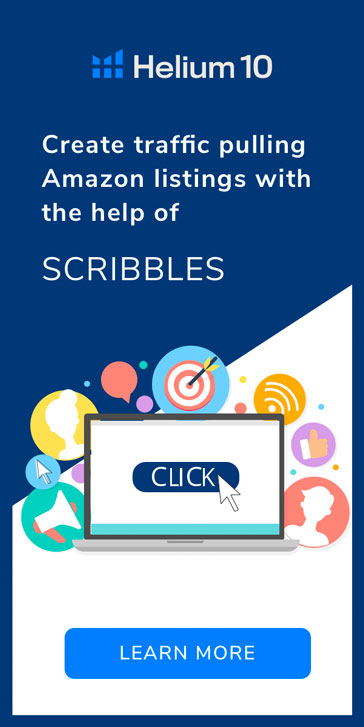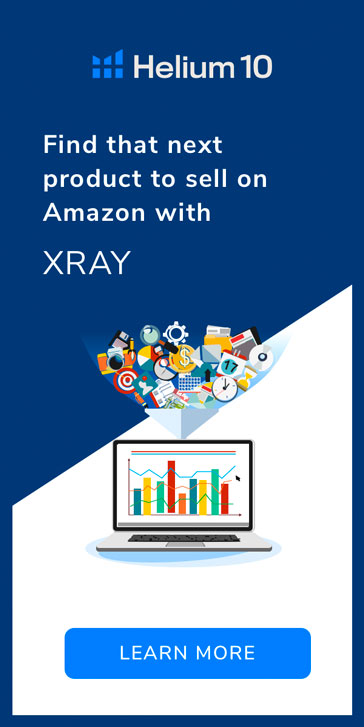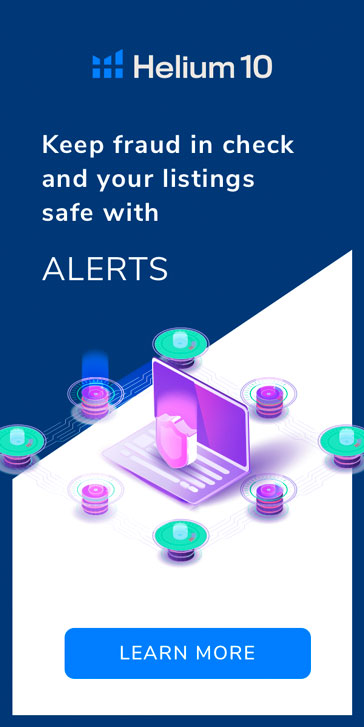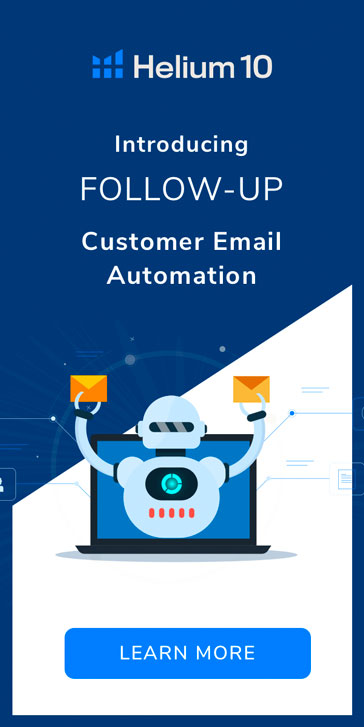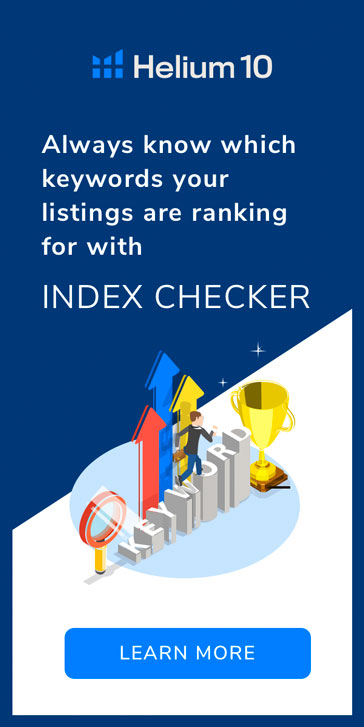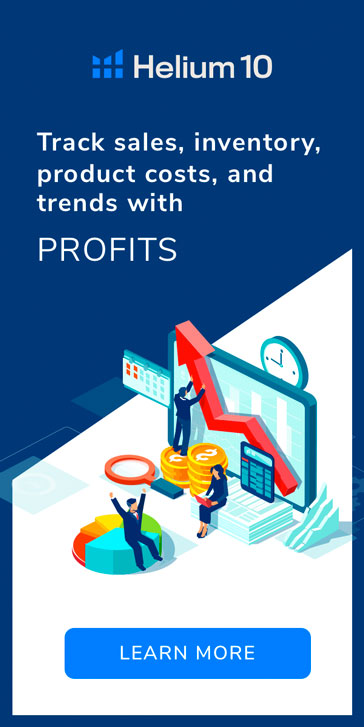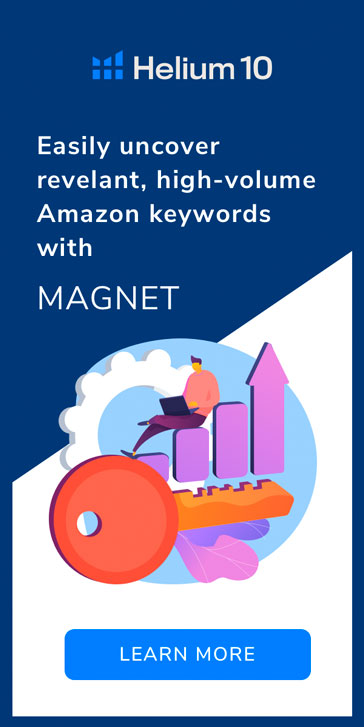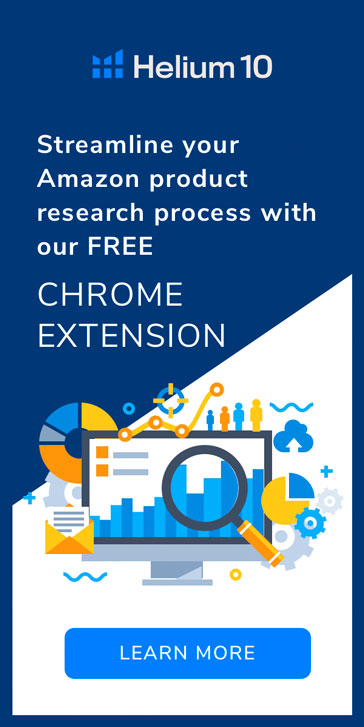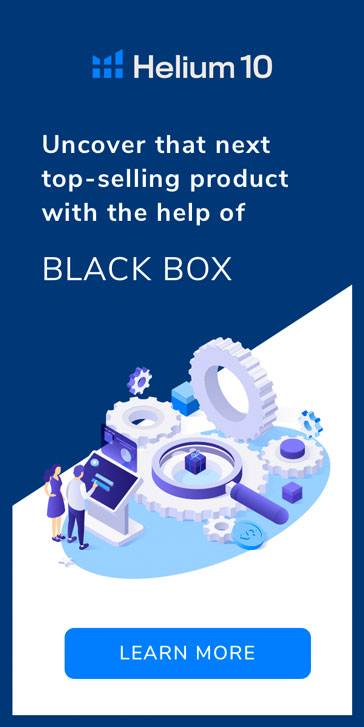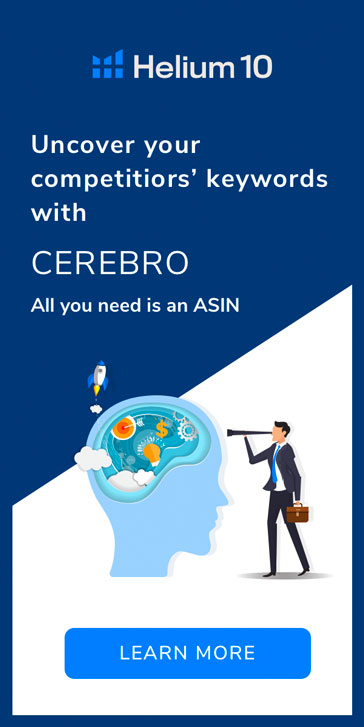Does your account have product targeting campaigns yet? If so, what is their ROI compared to keyword targeting campaigns?
Even though product targeting campaigns have been available for almost a year now, it is safe to say they still don’t get the same attention as the legacy keyword targeting campaigns.
Neglecting the potential the product targeting campaigns have can limit your sponsored product campaigns sales and ROI levels. Moreover, ASIN targeting campaigns allow you to skip the boring, traditional keyword research tied to keyword targeting campaigns, and have some fun researching on Amazon.com directly!
This post outlines 5 campaign types you’ll want to consider launching to expand your account’s sponsored reach and accelerate PPC sales.
Defensive: Targeting your own complementary / substitute products

Bidding against your own products is a great way to protect your best-sellers at very reasonable cost per click (CPC) rates. When you run an ad on a product you own you have the advantage of going into the auction with high relevance for that product. As a result, you protect ad slots on your product listings for only a fraction of your account’s average cost per click rate.
Quick Win Tip: If you are really interested in the ROI from these campaigns and amount spent on them, make sure you add your own ASINS as negative exacts in other product targeting campaign types.
Defensive campaigns can also be a great addition to your next product launch strategy. Promoting your new product under the same brand on existing, higher credibility listings will help educate potential customers about the value the brand itself holds, and the additional traffic will help accelerate sales faster.
Ongoing: Target converting ASINS from Auto targeting campaigns
Your Auto campaigns are a great resource for pulling ASINS which have converted for you with acceptable ROI. Export the Search Term Report and filter your Auto campaigns only. Can you identify converting ASINS with ACoS equal or lower to your profit margin? These are great candidates for inclusion into their own product targeting campaign.
Please make sure to check the ASINS on Amazon before adding them to a campaign. In many instances these would be your own products: either different variations of a product that was published, or simply unique listings similar to the product the customer eventually chose.
Quick Win Tip: Do you need to convert the customer search terms to uppercase before pasting into Amazon’s campaign creation interface? Use Excel’s “=upper” function!
Attacking: Targeting higher priced competitors
Price plays a big role in a platform as user centric as Amazon. Lower priced items lead to higher conversion rates, which in the long run leads to improved organic rankings. But having a lower price compared to your direct competitors has a major advantage when it comes to sponsored products – you can create a list of 30 – 40 direct competitors with higher price and target them directly.
Quick Win Tip: You can experiment with targeting “Not Prime Eligible” products, which are more expensive than the product you are promoting expecting even better conversion rates.
Additional benefit from running this type of campaign – over time you can make more educated hypothesis about your customer’s price sensitivity for given products, something that will be very useful when strategizing your upcoming pricing policy. Has your $1 price increase affected sales as much as you estimated it would? If not, you can keep it as standard price. A few cents more in profit per product can make a great difference to high volume sellers.
Attacking: Targeting Competitors with Lower Rating

Coming up with a list of competitor products who have a lower star rating than you is another approach you can take, especially in categories with higher priced items. When it comes to technology items for example, customers pay close attention to product reviews, and if you are satisfied by the number of reviews your product has and its average star rating this strategy can work very well for you.
Quick Win Tip: In an ideal scenario, this strategy would be combined with the higher priced competitors. If you can come up with a list of higher priced competitors with lower star rating, you should be set for launching a profitable campaign.
Creative: Targeting Remotely Related Categories
Thinking outside the box is always rewarded in e-commerce. One potential setback when it comes to product targeting campaigns is that advertisers tend to work with the suggested categories to target.
Going beyond your recommended category will often result with few impressions or clicks but it is one way to get away from the ring that includes your current competitors and related products.
For example, we had a very successful campaign targeting beanbags for an account that sells floor lamps. Even though these categories are not seen as related, when thinking about the surroundings and behavior of potential customers it becomes very obvious that certain customers like reading a book next to their lamp, while relaxing in their bean bag.
Other examples I can think of off the top of my head which had solid performance include targeting “barbeque” as interest when promoting outdoor lighting and targeting cooking books when promoting magnifiers.
Creative: Targeting High-Level categories with ultra low bids

On Amazon, there can be millions of products similar to yours but in different categories. However, the main category will be the same in many instances. Targeting the top tier categories is a great way to make sure:
- Your campaign will get visibility
- You will step away from competing against some direct competitors you are competing with in other campaigns
The downside from running a campaign like this is there will be a lot of not-so relevant traffic.
So, make sure your bids are set very conservatively – as a rule of thumb this should be the product targeting campaign with the lowest bids in a given account.
What are some other product targeting campaign strategies you’ve had success with? Tell us in the comments below.
Final Thoughts
Keeping the fact that CPC rates grow based on competition in the online world, doing what other sellers are not is the fastest way to success in PPC.
Product / Category targeting campaign not being used as much as keyword targeting campaigns are these days is definitely an opportunity for sellers and PPC managers who stay up to date with Amazon Advertising’s changes.
Running and optimizing product targeting campaigns can have a great impact on the overall account performance for creative sellers who are brave enough to experiment with it.
Stefan Jordev is the Advertising Director at Bobsled Marketing. To learn more about how Stefan helps Amazon sellers, click here.
Original post from 5 Product Targeting Campaigns for Growth Oriented Accounts – Helium 10












